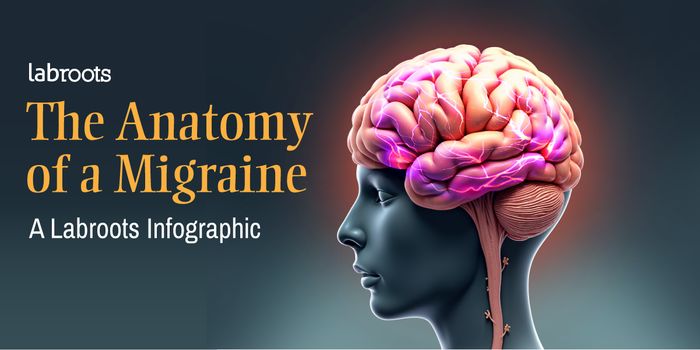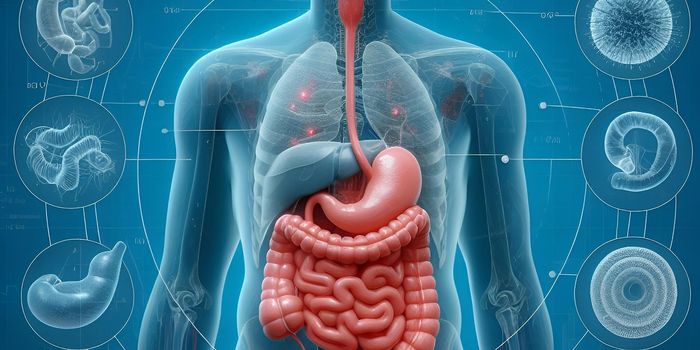Gut Feeling: Microbiome Reveals Toxic Chemical Exposure in Kids
A study by Duke University researchers has revealed that children’s gut microbiomes hold clues as to their possible exposure to toxic chemicals.
Claudia Gunsch, professor of civil and environmental engineering led the study which was aimed at identifying diagnostic biomarkers for kids who have been in contact with hazardous pollutants known as semi-volatile organic compounds, or SVOCs — odorless chemicals released from a vast array of consumer products and building materials.
The research team characterized the microbiomes from samples of around 80 children between the ages of three and six, specifically looking to connect the composition of the gut flora with SVOC exposure. Nearly all the blood or urine samples taken from children tested positive for 29 SVOC compounds. Additionally, children who encountered high levels of SVOCs were found to have significant alterations in the make-up of their internal microbial communities.
“It’s currently really complicated and expensive to measure what chemicals people have been exposed to if you don’t already know what you’re looking for,” explained Gunsch.
“By contrast, this is pretty simple. If we could get a reliable snapshot of SVOC exposure just by sequencing a microbiome’s genetic signature, we could use that to help us understand more about the health impacts these chemicals have on our children and ourselves.”
This is particularly important for young children as they spend more time crawling and playing on floors and surfaces where SVOC particles tend to accumulate. In addition, during these formative years, they are more at risk to the effects of both chemical stressors as well as imbalances in the gut microbiome. Critically, changes to the normal gut flora have been linked to the future onset of conditions such as inflammatory bowel disease, obesity, and type 2 diabetes.
“We want to understand the impacts of exposure to SVOCs on our gut microbiome and how that translates to positive or negative health outcomes,” Gunsch said. “But right now it’s a big black box that we don’t understand.”
Developing diagnostic biomarkers as red flags of these imbalances have the potential to radically transform the long-term health outcomes of these children.
Sources: Duke University, Environ. Sci. Technol. Lett.









